 As we all know BET's Rap City, the longest running Hip Hip video show on television has been canceled and will air no more at the end of this month. The show had deteriorated in content and overall quality to the point that it's not even worth saving. Instead of a post about how sad it is that Rap City will no longer be around (because honestly I haven't watched an episode since 2005) I will instead break down the heyday of the Hip Hop video show (not including Ralph McDaniels Video Music Box which I never saw growing up in Boston) and why they no longer exist today.
As we all know BET's Rap City, the longest running Hip Hip video show on television has been canceled and will air no more at the end of this month. The show had deteriorated in content and overall quality to the point that it's not even worth saving. Instead of a post about how sad it is that Rap City will no longer be around (because honestly I haven't watched an episode since 2005) I will instead break down the heyday of the Hip Hop video show (not including Ralph McDaniels Video Music Box which I never saw growing up in Boston) and why they no longer exist today. Today's post is titled "Journey Into Mystery: Investigating The Death Of Hip Hop Video Shows", a look back at the rise and fall of the Hip Hop video show. I'll go into detail about the long running rivalry between BET's Rap City and Yo! MTV Raps as well as the post Telecommunications Act Era when things just got weird(er). Well, after several false starts and delays it's finally time to go in:
Today's post is titled "Journey Into Mystery: Investigating The Death Of Hip Hop Video Shows", a look back at the rise and fall of the Hip Hop video show. I'll go into detail about the long running rivalry between BET's Rap City and Yo! MTV Raps as well as the post Telecommunications Act Era when things just got weird(er). Well, after several false starts and delays it's finally time to go in: "Yo! MTV Raps" aired it's first episode in August 1988 as a showcase of the biggest Hip Hop tour of what would be the year that the rest of the entertainment industry was finally forced to acknowledge Hip Hop and Rap as a legitimate genre of music. It was ironic that MTV would beat BET to the puch with a Hip Hop video show considering that they had to be picketted, demonstrated against and threatened with boycotts before they even played videos by Michael Jackson (who was arguably the biggest star on the planet at the time) and Run DMC. As we all know, both "Billie Jean" and "Rock Box" became two huge successes and iconic videos that further popularized MTV's brand. "Yo! MTV Raps" was no different.
"Yo! MTV Raps" aired it's first episode in August 1988 as a showcase of the biggest Hip Hop tour of what would be the year that the rest of the entertainment industry was finally forced to acknowledge Hip Hop and Rap as a legitimate genre of music. It was ironic that MTV would beat BET to the puch with a Hip Hop video show considering that they had to be picketted, demonstrated against and threatened with boycotts before they even played videos by Michael Jackson (who was arguably the biggest star on the planet at the time) and Run DMC. As we all know, both "Billie Jean" and "Rock Box" became two huge successes and iconic videos that further popularized MTV's brand. "Yo! MTV Raps" was no different. "Yo! MTV Raps" daily show was the introduction to Hip Hop music for a large segment of the population. The wacky antics of Dr. Dre and Ed Lover along with T-Money and Todd 1 kept viewers glued to the screen as they played some of the most popular videos of the day. However, there were several problems with the daily show to many viewers. Ed and Dre played around too much and they only showed about 4 or 5 videos per daily show. This was incredibly annoying to hardcore Hip Hop heads given that the weekday telecast was only a half hour long (22 minutes with commercial breaks).
"Yo! MTV Raps" daily show was the introduction to Hip Hop music for a large segment of the population. The wacky antics of Dr. Dre and Ed Lover along with T-Money and Todd 1 kept viewers glued to the screen as they played some of the most popular videos of the day. However, there were several problems with the daily show to many viewers. Ed and Dre played around too much and they only showed about 4 or 5 videos per daily show. This was incredibly annoying to hardcore Hip Hop heads given that the weekday telecast was only a half hour long (22 minutes with commercial breaks). The show's saving grace was that Friday night Fab 5 Freddy hosted a 2 hour show that was serious and played everything that the weekday shows didn't as well as interview the most popular emcees and crews of the day. There were so many classic Friday night episodes on Yo! that I'd get carpal tunnel syndrome typing them out. Off the top of my head I can remember the Run DMC visits, the N.W.A. flatbed truck interview, the Digital Underground episode, Fab telling Mayor Dinkins that the trains are never as clean the day he rode them and they were immaculate, the first Cypress Hill visit, the Geto Boys interview in Houston's 5th Ward, The Leaders Of The New School self destructing before our eyes and the infamous DJ Quik/2nd II None episode where they declared they didn't freestyle...what a Pandora's Box that opened up!
The show's saving grace was that Friday night Fab 5 Freddy hosted a 2 hour show that was serious and played everything that the weekday shows didn't as well as interview the most popular emcees and crews of the day. There were so many classic Friday night episodes on Yo! that I'd get carpal tunnel syndrome typing them out. Off the top of my head I can remember the Run DMC visits, the N.W.A. flatbed truck interview, the Digital Underground episode, Fab telling Mayor Dinkins that the trains are never as clean the day he rode them and they were immaculate, the first Cypress Hill visit, the Geto Boys interview in Houston's 5th Ward, The Leaders Of The New School self destructing before our eyes and the infamous DJ Quik/2nd II None episode where they declared they didn't freestyle...what a Pandora's Box that opened up! BET's "Rap City" hit the air in the Fall of 1989 after the host of "Video Vibrations" Alvin Jones AKA The Unseen VJ had a Hip Hop Week on his show. It was such a success that BET decided to go into production with their own Rap video show. The first hosts were local comedian Chris Thomas AKA The Mayor Of Rap City and when Chris Thomas went out of town to tour and do comedy shows he was replaced by Prime. They both held the show down for the first two seasons during which the purple and gold lettering (with often misspelled artist and song titles) flourished.
BET's "Rap City" hit the air in the Fall of 1989 after the host of "Video Vibrations" Alvin Jones AKA The Unseen VJ had a Hip Hop Week on his show. It was such a success that BET decided to go into production with their own Rap video show. The first hosts were local comedian Chris Thomas AKA The Mayor Of Rap City and when Chris Thomas went out of town to tour and do comedy shows he was replaced by Prime. They both held the show down for the first two seasons during which the purple and gold lettering (with often misspelled artist and song titles) flourished. "Rap City" had quite a few advantages over "Yo! MTV Raps", for one the daily show started out at an hour long. After about a year it was up to 90 minutes and a few years later it was expanded to 2 full hours due to high ratings and public demand. It can be argued that the success of shows like "Rap City" helped to push the expansion and growth of BET between 1989-1999. "Rap City" not only trumped "Yo! MTV Raps" on playing the hottest the new videos first and more of them, it also played independent videos and videos that MTV wouldn't air because of it's controversial and strict guidelines.
"Rap City" had quite a few advantages over "Yo! MTV Raps", for one the daily show started out at an hour long. After about a year it was up to 90 minutes and a few years later it was expanded to 2 full hours due to high ratings and public demand. It can be argued that the success of shows like "Rap City" helped to push the expansion and growth of BET between 1989-1999. "Rap City" not only trumped "Yo! MTV Raps" on playing the hottest the new videos first and more of them, it also played independent videos and videos that MTV wouldn't air because of it's controversial and strict guidelines. I can't tell you how many times I'd have "Yo! MTV Raps" and "Rap City" on simultaneously and while Ed Lover was dressed as a nerd or acting a goddamn fool "Rap City" had already played the newest UMC's, EPMD, Lord Finesse, The Click, Geto Boys, GangStarr, Black Sheep and Queen Latifah videos. After Ed and Dre were done cracking jokes then they'd show the edited version of the new EPMD video (no logos allowed...remember that?). Also the old "Rap City" episodes used to end with either The 45 King classic "The 900 Number" (ironically enough this was the same song Ed Lover did the patented "Ed Lover Dance" to...coincidence?) or Public Enemy's "Anti Nigger Machine" (or A.N.M as BET called it).
I can't tell you how many times I'd have "Yo! MTV Raps" and "Rap City" on simultaneously and while Ed Lover was dressed as a nerd or acting a goddamn fool "Rap City" had already played the newest UMC's, EPMD, Lord Finesse, The Click, Geto Boys, GangStarr, Black Sheep and Queen Latifah videos. After Ed and Dre were done cracking jokes then they'd show the edited version of the new EPMD video (no logos allowed...remember that?). Also the old "Rap City" episodes used to end with either The 45 King classic "The 900 Number" (ironically enough this was the same song Ed Lover did the patented "Ed Lover Dance" to...coincidence?) or Public Enemy's "Anti Nigger Machine" (or A.N.M as BET called it). "Yo! MTV Raps" had the advantage of their Live Fridays where an act showed up and performed live on the show. Fab 5 Freddy often asked his guests to freestyle or kick a verse at the end of each show as well. MTV had a bigger budget and better production value but BET was murdering them daily with content. "Yo! MTV Raps" also had a 2 hour Top 30 countdown every Saturday that allowed them to play the videos that they didn't play during the week. The other way the MTV had an advantage was because BET wasn't available in so many parts of the country that only a small segment of the population knew that "Rap City" was winning the battle.
"Yo! MTV Raps" had the advantage of their Live Fridays where an act showed up and performed live on the show. Fab 5 Freddy often asked his guests to freestyle or kick a verse at the end of each show as well. MTV had a bigger budget and better production value but BET was murdering them daily with content. "Yo! MTV Raps" also had a 2 hour Top 30 countdown every Saturday that allowed them to play the videos that they didn't play during the week. The other way the MTV had an advantage was because BET wasn't available in so many parts of the country that only a small segment of the population knew that "Rap City" was winning the battle. In 1989, a syndicated Hip Hop show called "Pump It Up" hosted by Sister Dee of Body & Soul premiered an aired on Saturday nights. The show had several memorable moments other than the lone reason it's still remembered today by people other than oldhead Hip Hop historians. The Tairre B episode (remember her?), the Ice T episode where he played MC Lyte's "Cha Cha Cha" loud as fuck after playing the new Slayer album (classic Ice T!), when she chilled with UMC's and they explained what Blue Cheese was really about.
In 1989, a syndicated Hip Hop show called "Pump It Up" hosted by Sister Dee of Body & Soul premiered an aired on Saturday nights. The show had several memorable moments other than the lone reason it's still remembered today by people other than oldhead Hip Hop historians. The Tairre B episode (remember her?), the Ice T episode where he played MC Lyte's "Cha Cha Cha" loud as fuck after playing the new Slayer album (classic Ice T!), when she chilled with UMC's and they explained what Blue Cheese was really about.I'll never forget when Sister Dee discovered Snapple thanks to 3rd Bass, when Ed O.G. & Da Bulldogs went to California to film a segment during the Young MC episode @ USC and they cut out the whole segment where Ed dissed Vanilla Ice, the infamous list of historic "black sheep" that Dres and Mister Lawnge submitted to Dee and the hilarious episode where Shock G tried to convince Sister Dee that sex packets actually existed. The show ended it's run in 1991 shortly after the whole Dr. Dre incident where he responded to Ice Cube's appearance on "Pump It Up" where he tought she was co-signing Cube's clowning of N.W.A. Grand opening, grand closing.
 "Rap City" really began to close the gap when Hip Hop got really popular again in 1992 behind another one of it's huge years (1984, 1988, 1992...sense a pattern here?). It updated it's graphics, changed hosts (Prince Dejour hosted from 1991-1994) and even adopted a theme song in King Tee's "At Your Own Risk" (Marley Marl Remix). During this time Hip Hop was becoming more and more popular as it began going platinum and Rap albums topped the Billboard charts for the first time in history. BET was the first to play Vanilla Ice's videos "Play That Funky Music" off of his independent "Hooked" album and they played "Ice Ice Baby" before it blew up nationally. It's funny how people forget that.
"Rap City" really began to close the gap when Hip Hop got really popular again in 1992 behind another one of it's huge years (1984, 1988, 1992...sense a pattern here?). It updated it's graphics, changed hosts (Prince Dejour hosted from 1991-1994) and even adopted a theme song in King Tee's "At Your Own Risk" (Marley Marl Remix). During this time Hip Hop was becoming more and more popular as it began going platinum and Rap albums topped the Billboard charts for the first time in history. BET was the first to play Vanilla Ice's videos "Play That Funky Music" off of his independent "Hooked" album and they played "Ice Ice Baby" before it blew up nationally. It's funny how people forget that. "Yo! MTV Raps" still had the odd habit of playing videos like Daddy Freddy's "Daddy Freddy's In Town", Papa San's "Dancehall Good To Me" and self promotional videos by BWP and No Face. How many times did they end a show with "No Means No" or "Half"? It didn't matter because Ed and Dre had become pop culture superstars, even appearing in their own MTV movie "Who's The Man?" in 1993 directed by "Yo!" co-creator and director the legendary Ted Demme (R.I.P.).
"Yo! MTV Raps" still had the odd habit of playing videos like Daddy Freddy's "Daddy Freddy's In Town", Papa San's "Dancehall Good To Me" and self promotional videos by BWP and No Face. How many times did they end a show with "No Means No" or "Half"? It didn't matter because Ed and Dre had become pop culture superstars, even appearing in their own MTV movie "Who's The Man?" in 1993 directed by "Yo!" co-creator and director the legendary Ted Demme (R.I.P.). Given the runaway success of recent albums like Dr. Dre's "The Chronic Album", Das EFX's "Dead Serious", EPMD's "Business Never Personal", Ice Cube's "The Predator", Snoop Doggy Dogg's "Doggystyle", A Tribe Called Quest's "Midnight Marauders", Onyx's "Bacdafucup" and Wu Tang Clan's "Enter The 36 Chambers" you would've thought that "Yo! MTV Raps" would go strong for years to come. You'd think wrong.
Given the runaway success of recent albums like Dr. Dre's "The Chronic Album", Das EFX's "Dead Serious", EPMD's "Business Never Personal", Ice Cube's "The Predator", Snoop Doggy Dogg's "Doggystyle", A Tribe Called Quest's "Midnight Marauders", Onyx's "Bacdafucup" and Wu Tang Clan's "Enter The 36 Chambers" you would've thought that "Yo! MTV Raps" would go strong for years to come. You'd think wrong.On August 17th, 1995 my 20th bithday was punctuated by the final episode of "Yo! MTV Raps". MTV did play a random segment called "Yo!" from time to time that showed videos but no more Ed Lover, Dre or Fab 5 Freddy. Instead, Hip Hop videos joined the regular rotation of MTV along with the rest of the music they played. If you missed the days where on MTV you'd see videos by Tool, Garbage, Cypress Hill, Veruca Salt, Massive Attack, Junior M.A.F.I.A, Smashing Pumpkins, GZA, Fiona Apple and Nine Inch Nails all in a row. Those days are gone forever.
 By the same token, BET had grown by leaps and bounds and during the Rap City residence of comedian/actor/emcee Joe Clair and dancer/choreographer Leslie "Big Lez" Seeger. Between 1994 and 1999 the popularity of "Rap City" went through the roof as BET became more and more successful and spread into more markets meaning BET was in more homes than ever before. You'd hear references to BET programming on mainstream (read: White) television shows and network sitcoms.
By the same token, BET had grown by leaps and bounds and during the Rap City residence of comedian/actor/emcee Joe Clair and dancer/choreographer Leslie "Big Lez" Seeger. Between 1994 and 1999 the popularity of "Rap City" went through the roof as BET became more and more successful and spread into more markets meaning BET was in more homes than ever before. You'd hear references to BET programming on mainstream (read: White) television shows and network sitcoms. Following the entrance into what has now been called "The Jiggy Era", "Rap City" entered a new era with a new host and format. Radio personality Big Tigger took over the reins as BET moved the show from different filming locations to being based on a set. The show was called "Rap City: The Basement" and it featured guest DJ's and at the end of the show the guest emcees or group would go into "The Booth" and kick a freestyle after Big Tigger. Oddly enough, the idea for this segment came after the former host Joe Clair spit a memorable verse on-air in the booth with Charli Baltimore and Cam'ron the previous season.
Following the entrance into what has now been called "The Jiggy Era", "Rap City" entered a new era with a new host and format. Radio personality Big Tigger took over the reins as BET moved the show from different filming locations to being based on a set. The show was called "Rap City: The Basement" and it featured guest DJ's and at the end of the show the guest emcees or group would go into "The Booth" and kick a freestyle after Big Tigger. Oddly enough, the idea for this segment came after the former host Joe Clair spit a memorable verse on-air in the booth with Charli Baltimore and Cam'ron the previous season. During the Big Tigger years (1999-2005) "Rap City: The Basement" maintained it's popularity and following BET's sale to Viacom it appeared in more homes and markets than ever before. A younger generation of Rap fans gravitated to the show as the promise of bringing together the four elements of Hip Hop and incorporating them into the show that was attempted the previous was completely scrapped and thrown to the wayside. All that came of it was a special "Soundbombing 2" episode of Rap City and Company Flow's "End To End Burners" and Natural Resource's "Negro League Baseball" videos got burn on BET.
During the Big Tigger years (1999-2005) "Rap City: The Basement" maintained it's popularity and following BET's sale to Viacom it appeared in more homes and markets than ever before. A younger generation of Rap fans gravitated to the show as the promise of bringing together the four elements of Hip Hop and incorporating them into the show that was attempted the previous was completely scrapped and thrown to the wayside. All that came of it was a special "Soundbombing 2" episode of Rap City and Company Flow's "End To End Burners" and Natural Resource's "Negro League Baseball" videos got burn on BET. The exploits of Big Tigger in "The Bassment" really caught on and there were several classic moments including the Jadakiss freestyle session dissing Beanie Sigel and the Roc A Fella camps marathon freestyle going at D-Block. The one episode that took on mythic proportions years after it aired is the Ghostface Killah episode with the briefcase that also featured Cappadonna from the "Supreme Clientele" era when he kept punkin' out Big Tigger. As the overall quality of the music in the Rap industry declined it lost many of the older viewers that were on board since the beginning.
The exploits of Big Tigger in "The Bassment" really caught on and there were several classic moments including the Jadakiss freestyle session dissing Beanie Sigel and the Roc A Fella camps marathon freestyle going at D-Block. The one episode that took on mythic proportions years after it aired is the Ghostface Killah episode with the briefcase that also featured Cappadonna from the "Supreme Clientele" era when he kept punkin' out Big Tigger. As the overall quality of the music in the Rap industry declined it lost many of the older viewers that were on board since the beginning. Not to be outdone, MTV jumped back into the Hip Hop show fray in September 2000 with their newest offering called "Direct Effect" AKA "DFX". The show promised to represent all of the elements of Hip Hop and it featured a selection of videos that were voted on by the home audience online. The show was hosted by former Real World Hawaii castmate Teck Holmes AKA Tek Money and Sway of MTV News and Funkmaster Flex was the show's DJ. At first the show featured a choice of videos (that got played for about 90 seconds each after they were voted on), a news segment featuring Sway and a special guest that visited while Flex spun in front of a live audience.
Not to be outdone, MTV jumped back into the Hip Hop show fray in September 2000 with their newest offering called "Direct Effect" AKA "DFX". The show promised to represent all of the elements of Hip Hop and it featured a selection of videos that were voted on by the home audience online. The show was hosted by former Real World Hawaii castmate Teck Holmes AKA Tek Money and Sway of MTV News and Funkmaster Flex was the show's DJ. At first the show featured a choice of videos (that got played for about 90 seconds each after they were voted on), a news segment featuring Sway and a special guest that visited while Flex spun in front of a live audience. Every Friday there was an emcee battle that was judged by Sway and Flex (notice that Tek wasn't included in the decision making process?) and it became the flagship feature of the show in it's earliest incarnation. The most memorable battles featured early champions Big Zoo and Breez Evahflowin of Stronghold Entertainment going against such notable emcees as Double AB, Alaska of Atoms Family, Holmskillit and a few other heads that have long put down the microphone.
Every Friday there was an emcee battle that was judged by Sway and Flex (notice that Tek wasn't included in the decision making process?) and it became the flagship feature of the show in it's earliest incarnation. The most memorable battles featured early champions Big Zoo and Breez Evahflowin of Stronghold Entertainment going against such notable emcees as Double AB, Alaska of Atoms Family, Holmskillit and a few other heads that have long put down the microphone. Tek Holmes was clearly not ready for prime time as he often said corny and inappropriate shit during telecasts and he was relieved of his hosting duties after a few short months and replaced by K.K. Holiday. In 2001, the format of Direct Effect was tweaked again as the studio audience was removed and Flex and Sway were replaced by a single host. Ace Marrero filled the role as guest (and the whole "representing the true culture and four elements of Hip Hop" theme went right out the fuckin' window...again) until he was replaced in 2002 as DFX underwent yet another format change.
Tek Holmes was clearly not ready for prime time as he often said corny and inappropriate shit during telecasts and he was relieved of his hosting duties after a few short months and replaced by K.K. Holiday. In 2001, the format of Direct Effect was tweaked again as the studio audience was removed and Flex and Sway were replaced by a single host. Ace Marrero filled the role as guest (and the whole "representing the true culture and four elements of Hip Hop" theme went right out the fuckin' window...again) until he was replaced in 2002 as DFX underwent yet another format change. This time mixtape DJ Clue head of Desert Storm Entertainment and former radio personality La La Vasquez took over hosting duties for Direct Effect. Sometimes they shot on a soundstage with no studio audience where they introduced and aired videos and pre recorded interview segments. Sometimes they went on location and filmed and on special occassions when MTV had events they'd have an audience. Direct Effect continued in this format until 2006 when DJ Clue and La La were replaced by Flip Squad All Star and Funkmaster Flex affiliate Cipha Sounds.
This time mixtape DJ Clue head of Desert Storm Entertainment and former radio personality La La Vasquez took over hosting duties for Direct Effect. Sometimes they shot on a soundstage with no studio audience where they introduced and aired videos and pre recorded interview segments. Sometimes they went on location and filmed and on special occassions when MTV had events they'd have an audience. Direct Effect continued in this format until 2006 when DJ Clue and La La were replaced by Flip Squad All Star and Funkmaster Flex affiliate Cipha Sounds. Shortly after Cipha Sounds took over hosting duties Direct Effect had an event called Sucker Free Week and after it was over the show was officially renamed Sucker Free. The show also had a weekend version featuring nothing but videos shown MTV2 on Saturday afternoons. During this time the ratings were modest and BET's "Rap City" had experienced a sharp decline in viewership and took a huge ratings hit after Big Tigger left the show. Now for the sad epilogue.
Shortly after Cipha Sounds took over hosting duties Direct Effect had an event called Sucker Free Week and after it was over the show was officially renamed Sucker Free. The show also had a weekend version featuring nothing but videos shown MTV2 on Saturday afternoons. During this time the ratings were modest and BET's "Rap City" had experienced a sharp decline in viewership and took a huge ratings hit after Big Tigger left the show. Now for the sad epilogue. They said that video killed the radio star when MTV first aired. The internet ultimately killed the Hip Hop video show along with the Rap industry. Why would you watch a Hip Hop video show when you watch whatever videos you want on YouTube, Dailymotion, OnSmash, Blastro or a gang of other sources? Not only that but Viacom video shows show the same videos over and over again so it's not like the old days when you could catch Greyson & Jasun's "Livin' Like A Trooper", Justice System's "Summer In The City", Soho's "Shorty", Suave's "Gassin'" or Ken Spin's "Spin To My Funk" on a random airing of "Rap City" and you needed to have a tape in the VCR and your thumb on the REC button because you didn't know when they'd ever play that joint again. Add to that the fact that you had the choice between VH1 Soul or Fuse (Damn I was pissed when MuchMusic got replaced by Fuse!)
They said that video killed the radio star when MTV first aired. The internet ultimately killed the Hip Hop video show along with the Rap industry. Why would you watch a Hip Hop video show when you watch whatever videos you want on YouTube, Dailymotion, OnSmash, Blastro or a gang of other sources? Not only that but Viacom video shows show the same videos over and over again so it's not like the old days when you could catch Greyson & Jasun's "Livin' Like A Trooper", Justice System's "Summer In The City", Soho's "Shorty", Suave's "Gassin'" or Ken Spin's "Spin To My Funk" on a random airing of "Rap City" and you needed to have a tape in the VCR and your thumb on the REC button because you didn't know when they'd ever play that joint again. Add to that the fact that you had the choice between VH1 Soul or Fuse (Damn I was pissed when MuchMusic got replaced by Fuse!) In the end, "Rap City" was reduced in length, it's time slot changed to 1 AM and then back to whenever it comes on (no one watches it, remember?) so it could die a "respectable" death. MTV doesn't show videos anymore because you get more revenue from sponsors and can sell more commercials if you have rating numbers to show corporations who want to buy commercial time. Just showing videos all day can't bring in Nielsen numbers, you need original programming. The music industry and the Viacom networks made sure that programming would end up far from original, hence the death of the Hip Hop video show as we know it.
In the end, "Rap City" was reduced in length, it's time slot changed to 1 AM and then back to whenever it comes on (no one watches it, remember?) so it could die a "respectable" death. MTV doesn't show videos anymore because you get more revenue from sponsors and can sell more commercials if you have rating numbers to show corporations who want to buy commercial time. Just showing videos all day can't bring in Nielsen numbers, you need original programming. The music industry and the Viacom networks made sure that programming would end up far from original, hence the death of the Hip Hop video show as we know it.R.I.P. to some other Hip Hop video shows I didn't mention here like the Burly Bear Network's "Hipnodx", The Source Soundlab and Fuse's Hip Hop Show.
One.
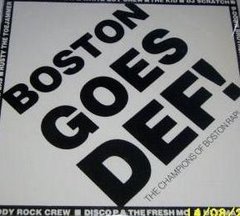

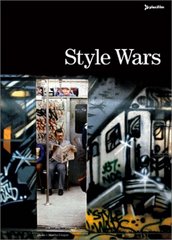

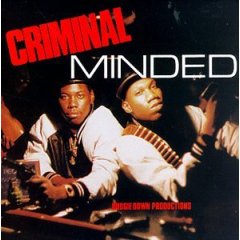
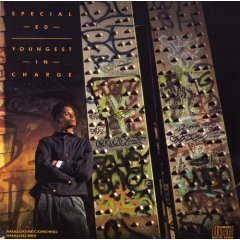
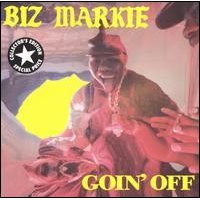


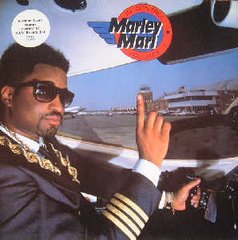


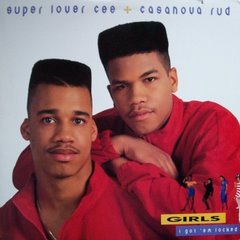



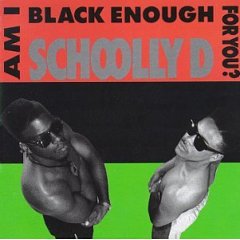

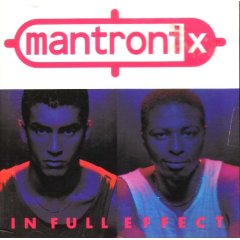
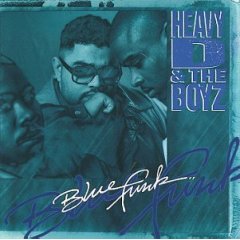
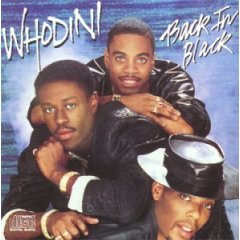



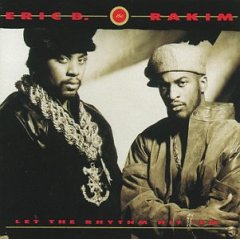
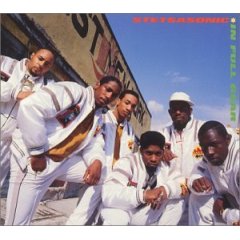


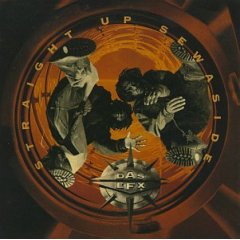
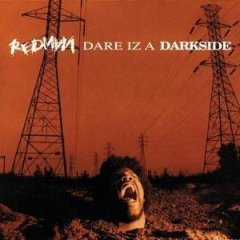


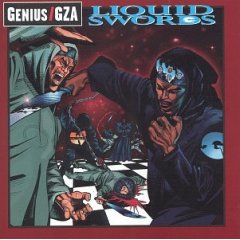

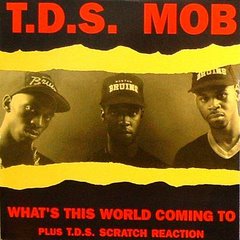
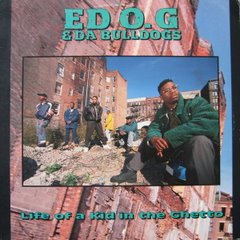

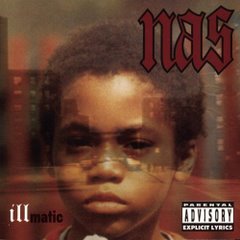
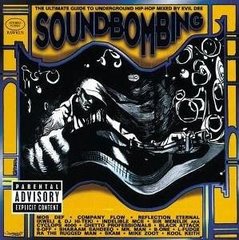

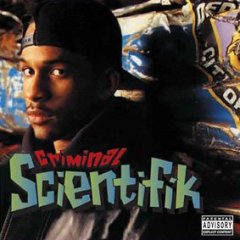
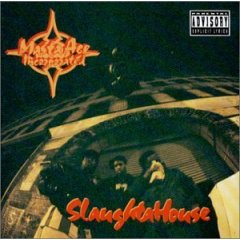




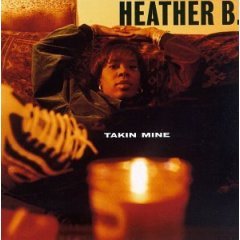
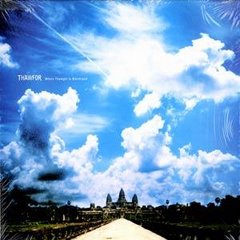


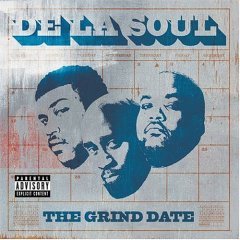
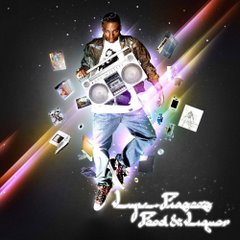







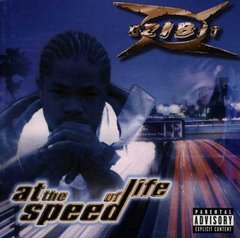
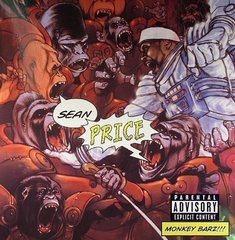

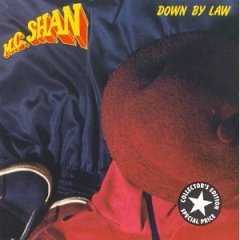

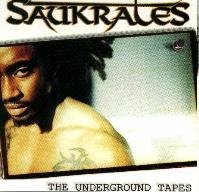
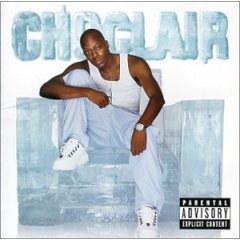


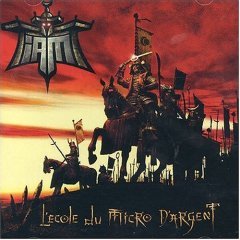

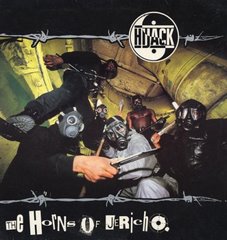

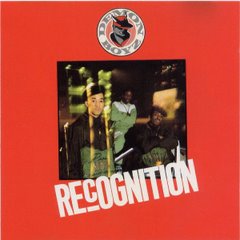
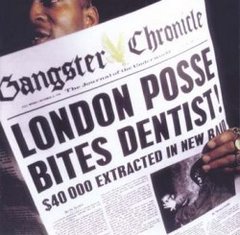
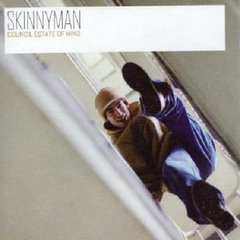


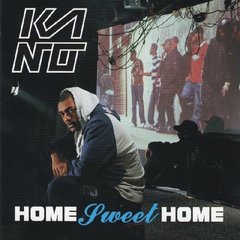
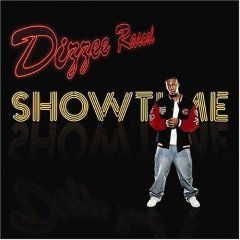
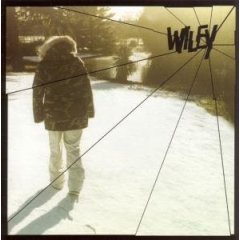
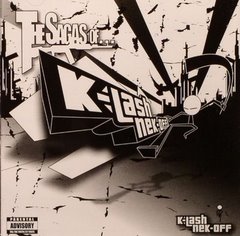

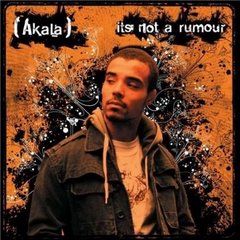




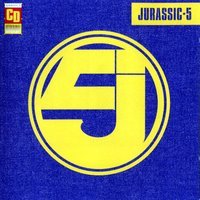
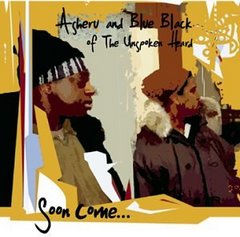

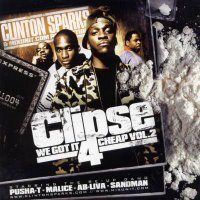


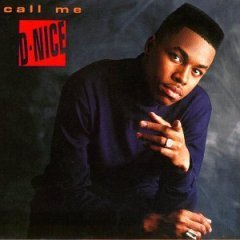
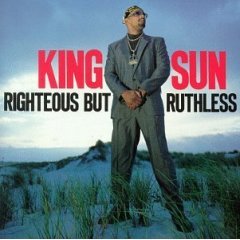



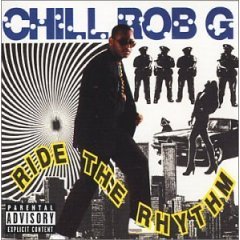



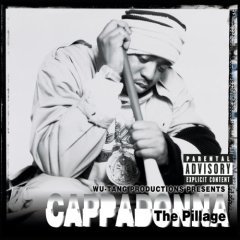


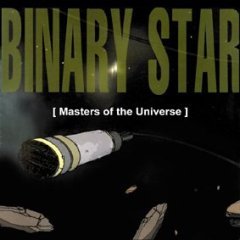
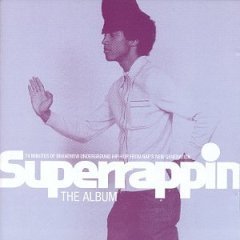
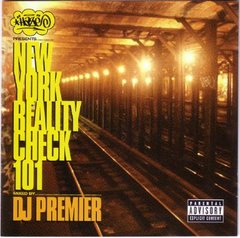



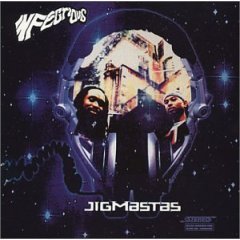
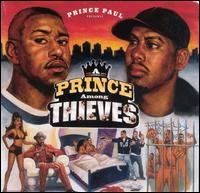
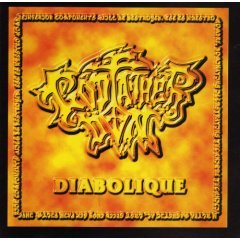
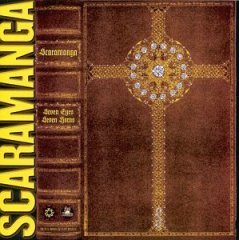


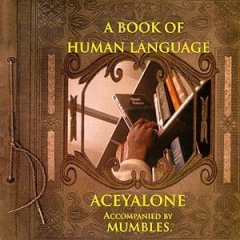
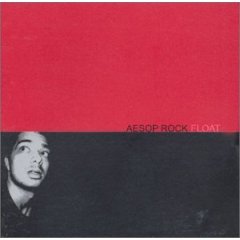
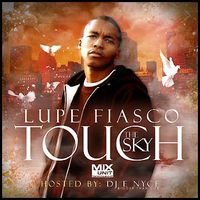
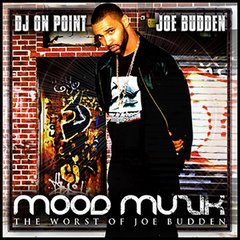





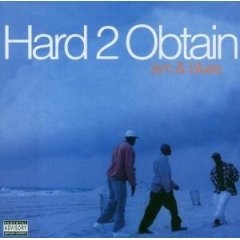
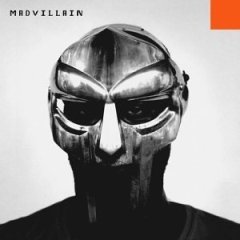
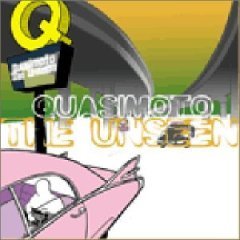


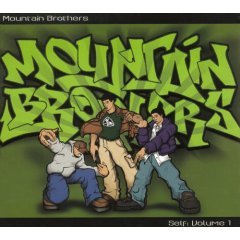



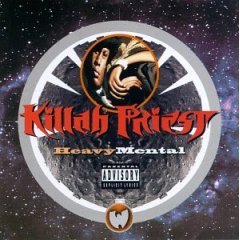
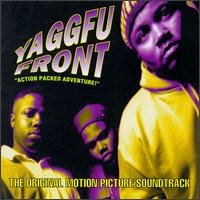

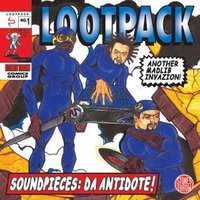

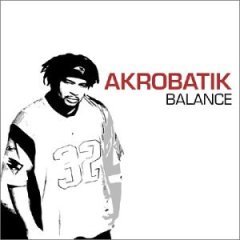


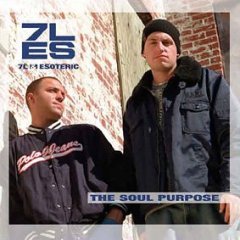
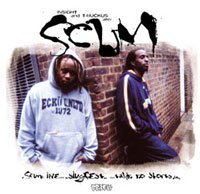

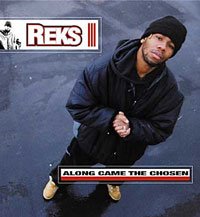
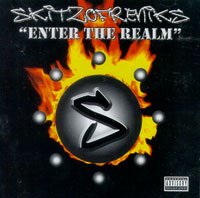
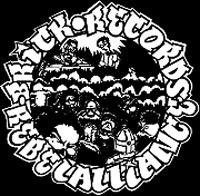


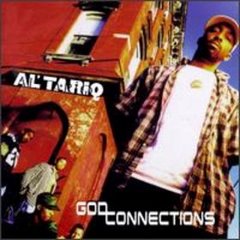

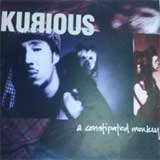


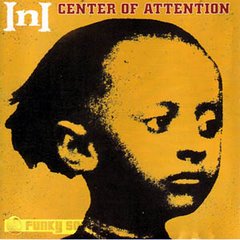
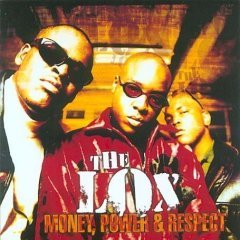
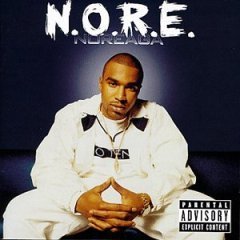
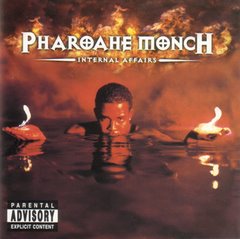
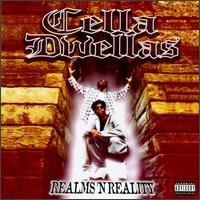


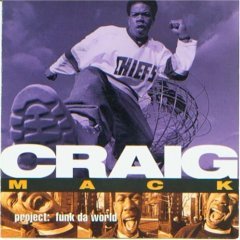


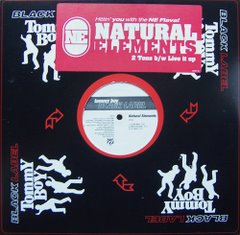
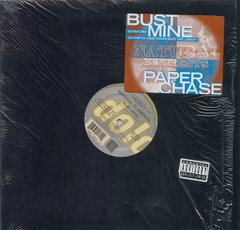

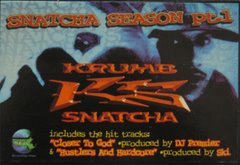







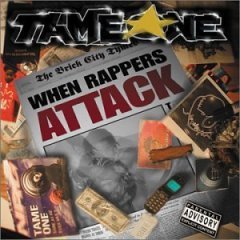
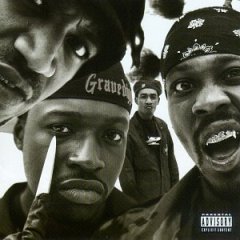

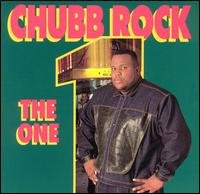
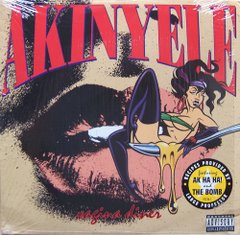

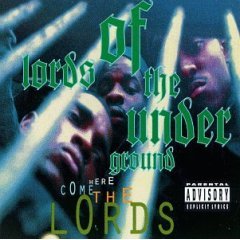

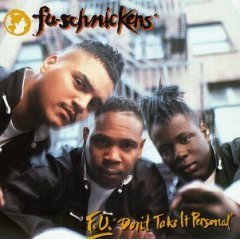


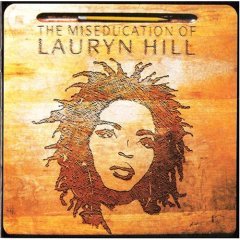
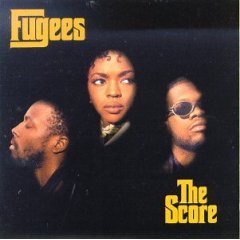
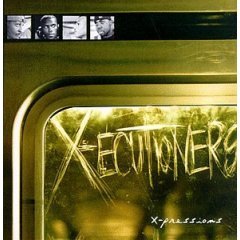
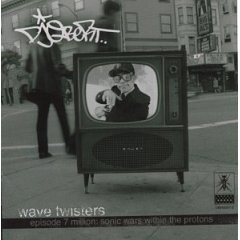

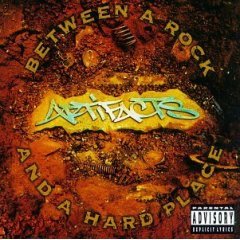
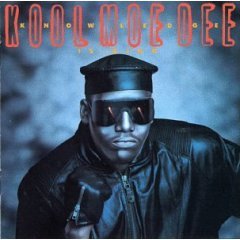
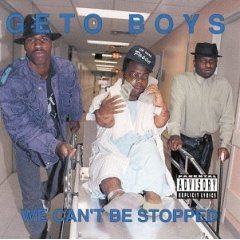
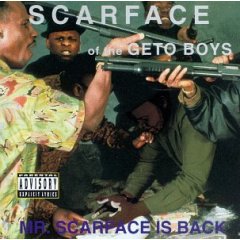
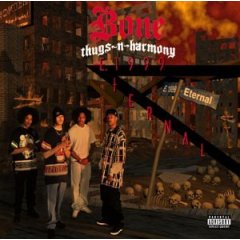







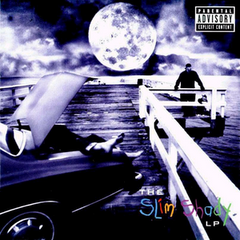

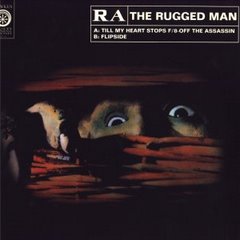
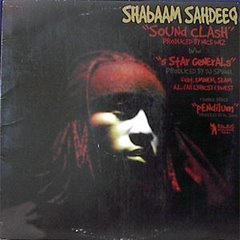
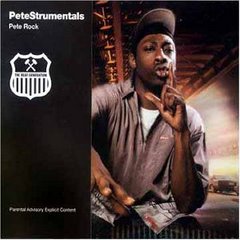
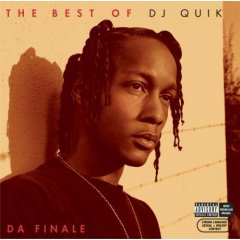





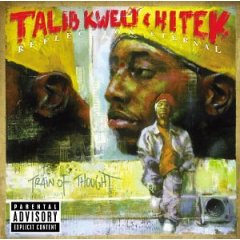
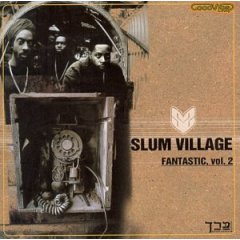
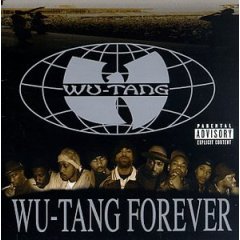
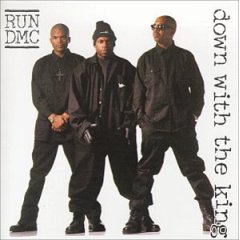

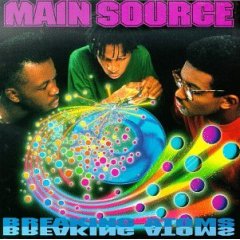

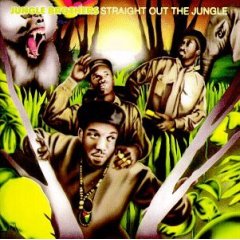

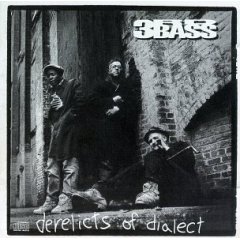

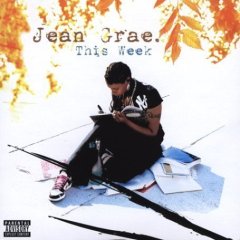
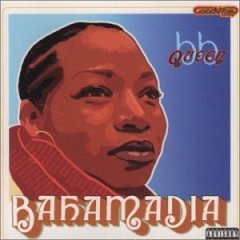

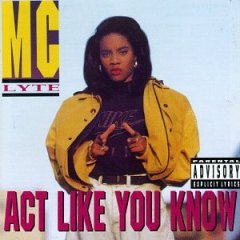

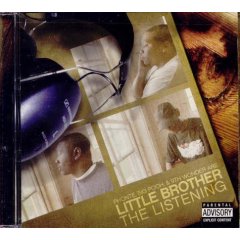

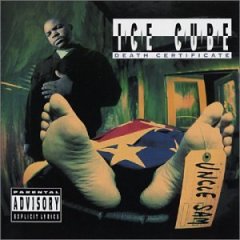

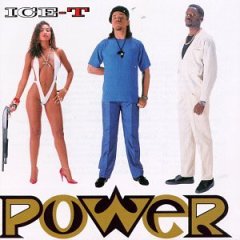

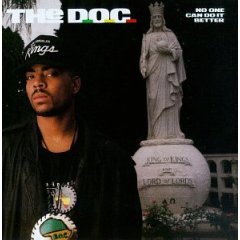




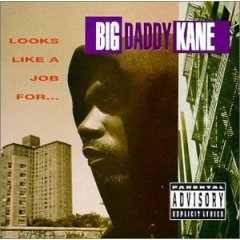

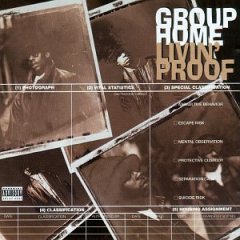

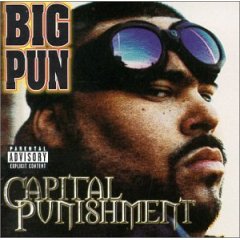
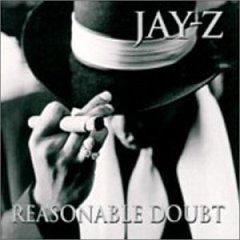
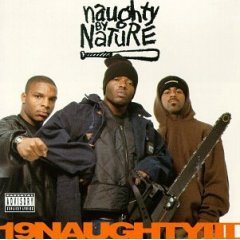


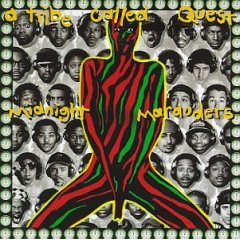
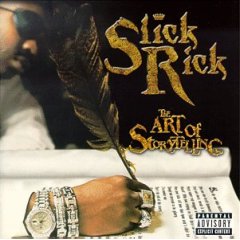
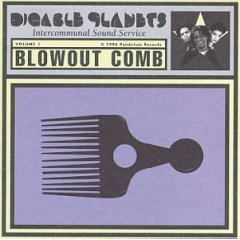
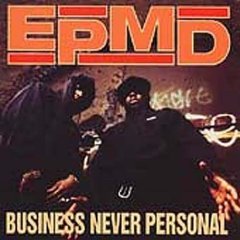






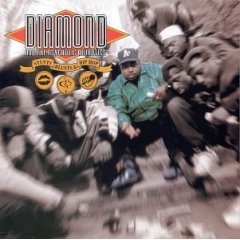

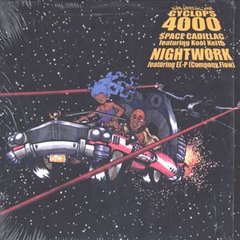
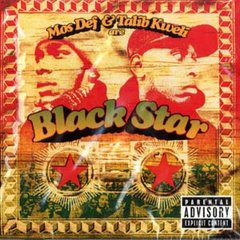
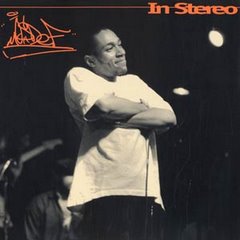
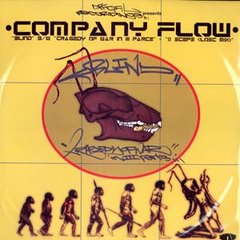

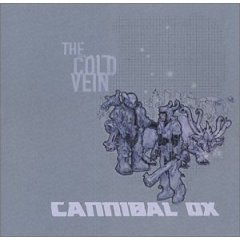

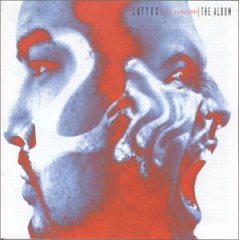
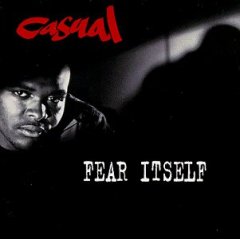




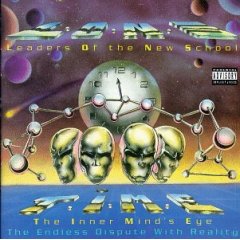
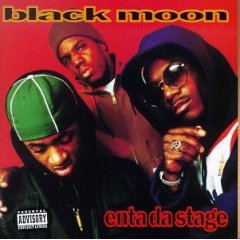

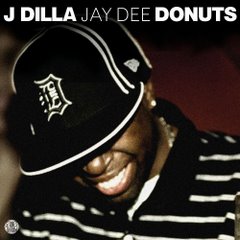
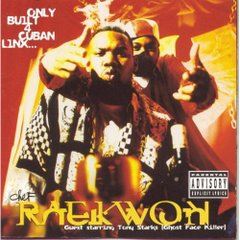

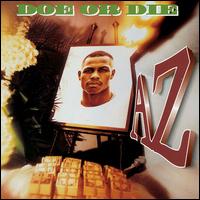
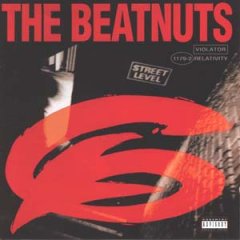

1 comment:
One of the joys of my life was getting home everyday from work after high school in time to watch Rap City, VHS and VCR ready, and record all of my favorite videos. This was like '97-'00, and Joe Clare was a GOD to me.
This post has me so depressed now, cause like you said, rap video shows will probably never be on TV again. All I can do is hope VH1 Soul doesn't turn into MTV2 (they have been playing the "Salt N Pepa Show" nonstop).
Post a Comment